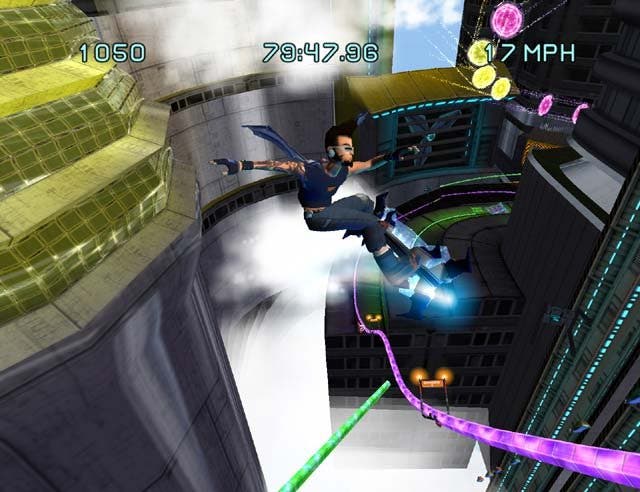Sony: Why we turned down Kinect
Research and Design whiz Anton Mikhailov on the past, present and future of Move.
Is PlayStation Move merely an evolution of the Wii? Is it a poor substitute for the controller-free Kinect? Or is it the beginning of the future of motion controllers?
For Anton Mikhailov, a software engineer at Sony Computer Entertainment America's research and development department and, along with Dr. Richard Marks, one of the brains behind the snazzy tech, Move isn't a motion controller at all, and was never designed to be.
Speaking to Eurogamer, Mikhailov details how Move came to be, discusses where it will go next, and explains why Sony turned down Kinect in 2002.
Yes. And, actually, at that time we were investigating a lot of technologies. We were looking into 3D cameras like Kinect. That started way back in 2002, so we already by that time had stopped that research. We worked with the London Studio guys on that.
Research never so much stops. We break it off because we feel it's not cost-efficient any more. At some point you have to do a cost analysis and say, 'OK, this technology costs this much, it's able to do this much,' and you understand roughly what you get out of it and how much it costs you.
So when we were working with the 3D cameras we felt the cost of the camera outweighed the advantages of what it offered. The London Studio guys were familiar with EyeToy. With EyeToy, one of the toughest things is body-tracking. It's hard to segment the player from the background. You have lighting condition variations. That's why a lot of EyeToy games use motion-tracking instead of parts-tracking.

EyeToy: AntiGrav [released in 2005] was an interesting exception because it uses head-tracking along with hands-tracking. That's actually done by Harmonix, surprisingly enough, which did Dance Central.
Those guys said, '3D cameras solve a pretty crucial issue, which is segmenting the player from the background.' At first they were very excited and said it was great. But when you make the games what they found was while it was more robust it didn't fundamentally enable new kinds of games. The games themselves still played like EyeToy games.
Yes, there was a better sense of robustness, but the best case wasn't improved. It's only the worst case that improves. You still did very good exercise games. EyeToy: Kinetic was an awesome exercise game. The issue with EyeToy: Kinetic is sometimes in certain lighting conditions it just wouldn't work. The people that had Kinetic work had a great time with it, but when it didn't it was a downer.
With Kinect what they found... Or the PrimeSense cameras and 3DV cameras is, you can solve those lighting issues, but you still don't get a different experience. And it's very hard to apply to other sorts of genres.

The EyeToy experience they felt was a bit played out. They still like it. It's not that the studio said, 'You know, we're done with that EyeToy tech.' Actually, one of the things they asked for was a one-handed controller. They were asking for something like an analogue stick so you can move around. One of the games they were working on is a magic-casting game so you use your hand to cast spells and use your other hand to walk around. There's just no way to do that walk around feature with gestures.
You can think of putting your hand forward and to the right or something like that. It's kinda cool, but it's not functional. It's fun for three minutes and then after a while you're like, well, why do I have to do this? I'd much rather have an analogue stick.
I guess Joy Ride does a bit of that.



